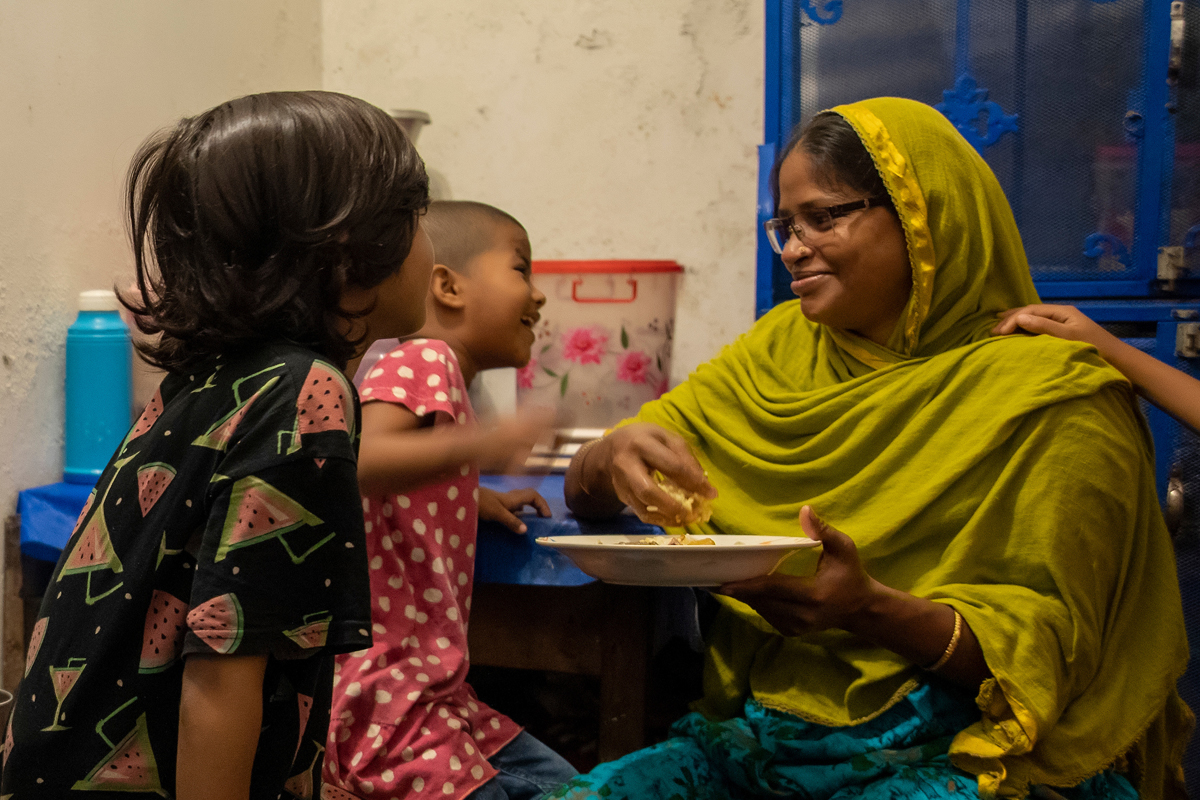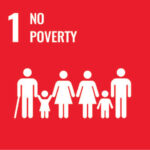Join a powerful, unprecedented alliance for better eye health for all.
Join IAPBImproving eye health is a practical and cost-effective way of unlocking the potential for individual and shared progress. Correcting vision improves educational outcomes, increases personal earnings by 5%, and increases productivity of employed workers living in poverty by more than 20%.


Image by KM Asad for The Fred Hollows Foundation